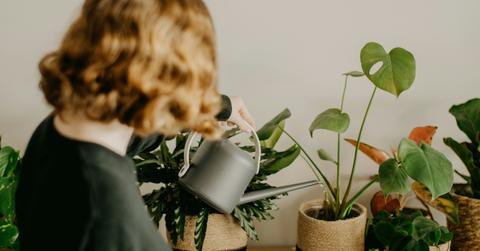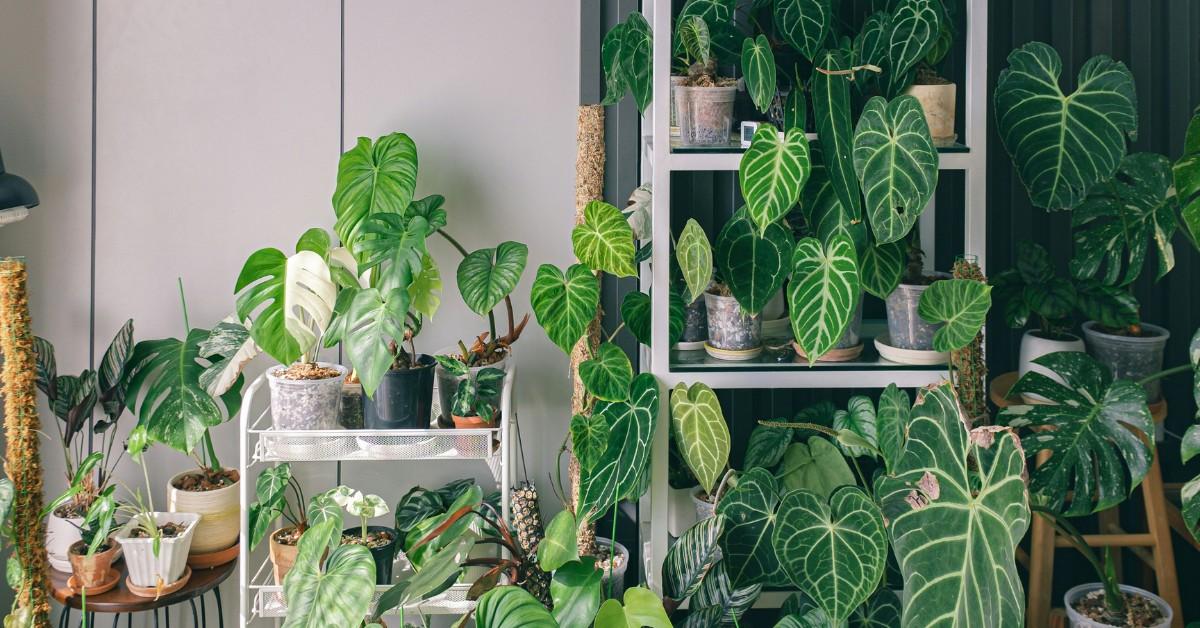Too Much of a Good Thing? See What Experts Say Is the Ideal Number of Indoor Plants
You may already have too many (or too few) to reap the benefits of your plants.
Published Nov. 6 2025, 4:39 p.m. ET

Calling all plant lovers! If you're anything like us, you've probably been justifying the purchase and propagation of your household plants by telling yourself (and the people who you live with) that adding indoor plants to your home helps improve your living conditions, not only by making it a greener and happier place, but also by purifying the air.
However, researchers say that our reasoning may not exactly be accurate, since they believe they've identified the ideal number of indoor plants.
Depending on how many plants you already have at home, this could either be good news or bad news. But you'll have to keep reading to find out which it is, as we break down the findings from the study, including what the pros and cons are.
Spoiler alert: you likely already know if you have too many plants at home, and if you're feeling overwhelmed by caring for them all, you've already discovered a hint as to why you truly can have too much of a good thing.

Study identifies the ideal number of indoor plants.
Researchers from Stanford University performed a study where they tried to quantify "doses" of plants and natural materials in a simulated environment in order to determine the effect these things have on a person's health.
According to the research published in Sustainable Cities and Society, there was a certain number of plants that were determined to be too much. That likely has to do with the fact that people started to feel overwhelmed by all of the excess materials that were cluttering up their space.
"I wasn't expecting this at all," the study's author, a civil engineer named Eva Bianchi, wrote. "Around 60 percent total greenery and wood had the highest stress increase, which was contradictory to prior work."
That comment about prior work is likely about previous research that seemed to determine that having plants in your indoor spaces can reduce stress. However, Bianchi says it's hard to really determine what results they're getting, because everyone's methods are different.
However, Bianchi says that her study seemed to end with some clear results when it comes to just how many plants is too many, it looks like the numbers don't lie.
According to her, when greenery, including plants and wooded elements, make up 60 percent or more of the space, it becomes too much. On the other hand, 20 percent seems to be sweet spot that combines the aspects of nature that bring people joy without totally overwhelming both them and the space they're in.

What are the health benefits of having indoor plants?
While many of us know that plants can present a good option for those looking to change up their decor, they can also be good for your health. According to Prevention magazine, research has shown that some plants are good at scrubbing certain toxins and pollutants from the air. Plants like bromeliad, dracaena, and snake plants are all known for these benefits.
Additionally, plants can change humidity levels, and certain plants can even help remove excess moisture from the air.